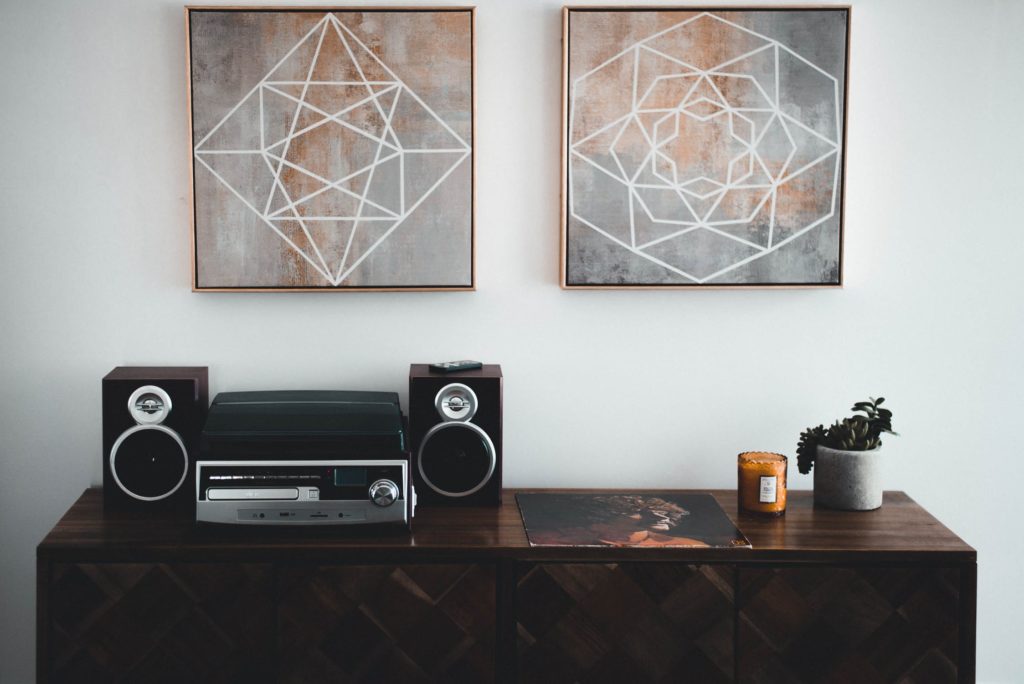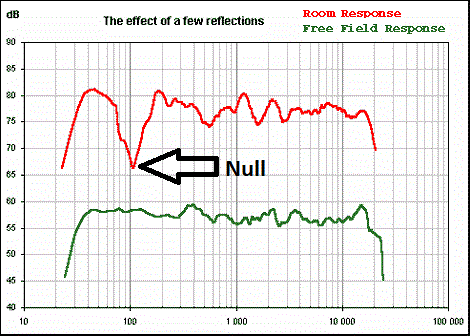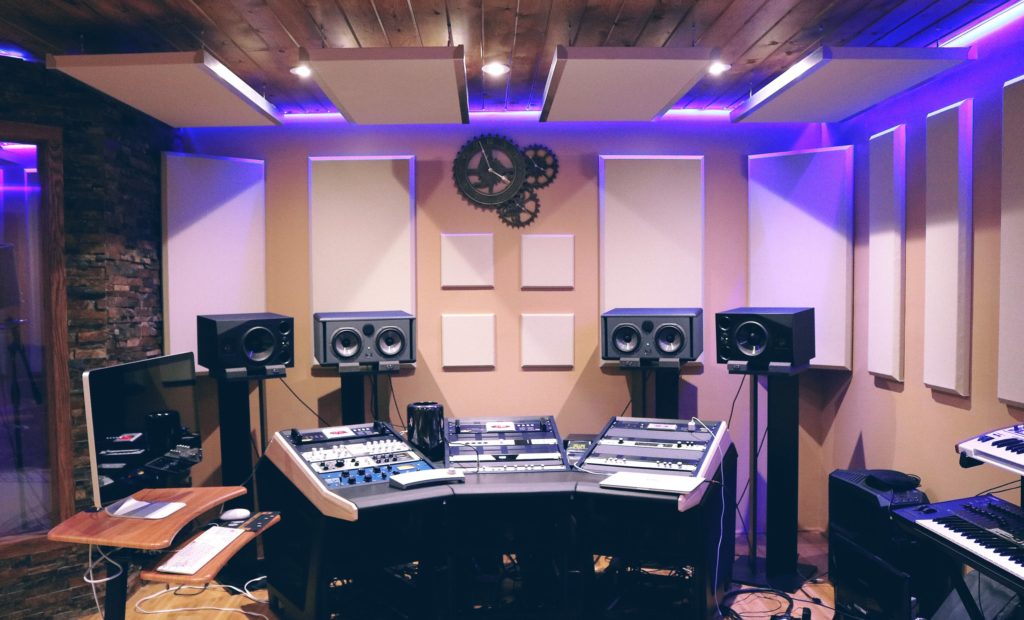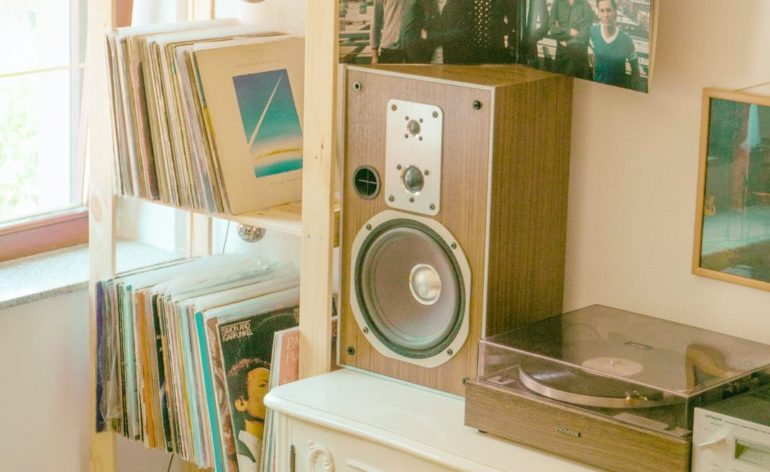Determining The Perfect Distance of Speakers from Walls
Being an audio enthusiast, I have spent countless hours tinkering with my speaker placement. For the most part, I use my ear and a calibrated eyeball to put my speakers in what I think is the best spot in my room, with the correct amount of toe-in. But am I really getting the best sound for my space? The simple answer is: probably not. And I would dare say, neither are you. But, fear not. I am going to try and walk through speaker placement with you. Hopefully, you will get the best sound for your space by determining the perfect distance to place your speakers from your walls.
In the words of Mark Watney – “Let’s science the **** out of this!”
We need to start off with some “basic” science. Sound is a pressure wave created through the vibration of an object, in our case, a speaker driver. As the pressure wave moves, it sets into motion the particles in the air, pushing that energy through the air, creating a sound wave. That sound oscillates back and forth. The speed at which it moves back and forth is measured as its frequency. Higher frequencies move back and forth faster, creating a very tight sound wave. Lower ones are slower and create much larger waves.

This is where correct speaker placement is important. When speakers are placed near walls, Speaker Boundary Interference Response (SBIR) comes into play. Higher frequencies tend to be directional, but lower frequencies are omnidirectional. When speakers are placed near these boundaries, lower frequencies radiate out in all directions and when they make contact with a solid surface like a wall or ceiling, are reflected. That’s why it is important to determine the perfect distance from your speakers to your walls.

How Reflections Affect What You Hear
Reflections off the rear wall radiate forward at 1/4 frequency (science!). When those match forward-facing frequencies already present, they move out of phase. In simple terms, out of phase means one matching frequency is at the peak of its oscillation, while the other matching frequency is at the low point of its oscillation. As a result, they cancel each other out.

This cancellation can be seen as a null in your speaker response and will look like a sudden dip in the frequency response. This is often referred to as muddied bass or mids.

Still with me? Ok, just a bit more science, promise! Based on calculations I don’t understand and won’t try to explain, the distance we place our speakers from the walls will produce specific frequencies.
| Distance from Wall | Frequency (Hz) |
| 6” | 557 |
| 12” | 278 |
| 18” | 186 |
| 24” | 139 |
| 30” | 111 |
This translates to a null in those frequencies when both sound waves go out of phase.
How to Fix It!
Ok, Bill Nye, the speaker guy, why do I care? Simple, we can treat specific nulls with absorption behind our speakers. Owen Corning’s spec sheets shows us that 2” thick 703 (the material we use in absorption panels) will easily absorb most of the frequencies produced by our speakers at 6-12” from the walls. As the speakers are moved further away from the wall, there is a need to increase the thickness of the panels and at 18-24” at least 4” thick panels are needed. Moving further away means a 6” thick (or more) are needed.

Wrap Up
So after all this, the TL:DR version is that you should set your speakers somewhere between 12” and 18” from your walls and then treat with either 2” or 4” of absorption. This is the perfect distance from your speaker to the wall because a reasonably sized and inexpensive panel can absorb the reflected frequencies. Did you need to know all of this? Probably not, but it’s helpful to understand how your speaker placement can be causing specific sound issues with your room.
So what am I going to do? I am putting my money where my mouth is, and I am going to build some additional absorption, use these calculations and measurements, and properly treat my front wall and get the most out of my system!
What about you? Do you have absorption behind your speakers? Let us know in the comments and on our Facebook page!



Hi, Andrew! Question – is the 12-18″ guidance mean from the back wall to the front of the speaker?
Hi RJD. That is to the back of the speaker. You can decrease that space if you gave some absorption to help absorb that reflection.